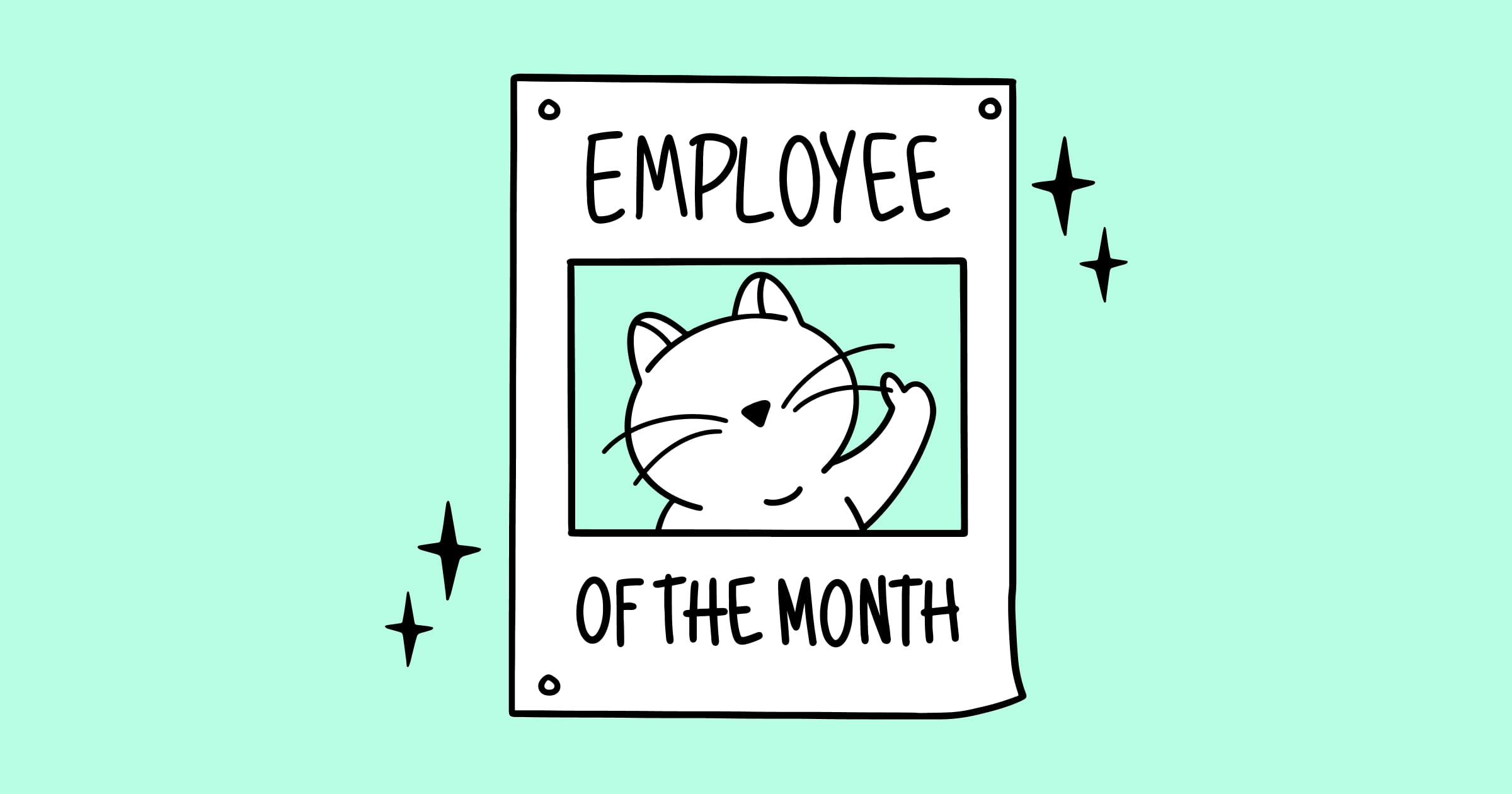March 18, 2025

Workplaces that use data smartly are prepared for any future change or disruption
Workforce planning has become a top priority for businesses as they navigate the rapid-fire changes shaping the world of work today. For effective workforce planning – or, as we now call it, strategic workforce planning – business leaders need one essential ingredient. Data-driven leadership. By leveraging tools like a skills matrix and implementing robust skills management practices, leaders can gain a clear understanding of their workforce's existing capabilities and identify skill gaps. With data-driven leaders at the helm, a business has a much better chance of creating a skilled and agile workforce that is always prepared to take on challenges, is capable of turning adversity into opportunity, and can help the organisation achieve its long-term goals.
At MuchSkills, effective use of data – including advanced skills management solutions – is central to our mission of helping businesses create a skilled workforce geared for maximum productivity and agility.
In today's rapidly evolving global workforce, a monumental shift is underway. Automation, artificial intelligence, and remote collaboration are reshaping entire industries, driving organisations to adapt or risk falling behind.
In these turbulent times, leaders must face challenges and adapt to changes quickly, read the signs and make decisions with the most favourable outcomes, remove obstacles, keep the workforce engaged, and build trust, all without losing sight of organisational goals and objectives. Data-driven leaders have a clear edge in this environment because they use facts to guide and inform strategic decisions rather than relying on intuition and assumptions.
Data is not only everywhere, it is also extremely useful. Data-driven leaders use, interpret, and analyse data to gain insights into what would otherwise be abstract ideas and concepts. They use these insights to guide their decisions, which being backed by solid facts and reasoning are likely to encounter less resistance and gain more credibility. By encouraging their team members to use data as a common language, data-driven leaders make it easier to communicate, collaborate, and reach consensus. The writer in this Forbes article sums it up nicely when he says that “data is a company’s senses, illuminating the path ahead like a flashlight”.
That being said, data-driven leadership doesn’t mean killing one’s human instincts completely. Your data is a record of what happened in the past and it offers predictions – not always accurate – of what will happen in the future. You still need the power of human reasoning and analytical thinking, combined with your experiences, to translate that data into action that will work not only in theory but in practice as well. When leaders learn to use and interpret data effectively, they are less likely to fall into the familiar trap of ‘confirmation bias’, which is the tendency to interpret information solely to confirm one’s preconceived opinions.
As we mentioned earlier, data-driven leadership is a key contributor to strategic workforce planning. But first, what is strategic workforce planning?
Simply put, strategic workforce planning is about making sure that you have the right people with the right skills for the right job at any given time. It is a process that requires organisations to pay close attention to the skills and competencies of their workforce, those they need to work on to be future-ready, and those they need to acquire by hiring from outside the organisation. An effective strategic workforce plan ensures that an organisation is neither overstaffed nor understaffed, and takes care of any skills gaps that exist. It must be a living, breathing part of your business because your workforce is always changing thanks to promotions, transfers, resignations, retirements, new hires, and employees going on leave.
They say that data-driven leaders make good decision-makers because they are better equipped to anticipate future challenges and opportunities and make strategic and tactical plans rooted in facts and not mere assumptions. Anticipating the future and being ready for it is of utmost importance in today’s business environment where change is the one constant. One of the greatest benefits data-driven decision-making brings to workforce planning is by empowering leaders to do ‘scenario planning’. As the name suggests, scenario planning is a process that allows organisations to consider possible future events and the impact on their business, and use that foresight to make effective long-term plans. Scenario planning trains leaders to be more perceptive and notice even the faintest signs of change, no matter how uncomfortable or undesirable. When your leaders are in the habit of using data for scenario planning, their timely decisions will be much more effective than hastily thrown together emergency actions. It will also ensure that your employees are always prepared to face any disruption that is thrown their way.
Effective workforce planning demands that organisations pay close attention to skills gaps, which are unavoidable in today’s world. For example, in the European Union, 20% of employees are 55 years old or older, which means a wave of retirements is just around the corner. This is bound to create a huge skills gap and give workforce planners a major headache if they aren’t already preparing for it. Now, let’s say that your company has five managers reaching retirement age three years from now. How would data-driven leaders deal with such an event? First, they would be accustomed to anticipating such staffing challenges, as discussed in the previous point. By using the data and insights at their disposal and conducting a skills gap analysis, they would find candidates with the right skills, competencies, and behavioural attributes to fill those positions, either by mobilising them internally or hiring externally. So, by the time your managers retire, the people stepping in would be fully ready to take on their new roles and responsibilities. While this is how succession planning should ideally work, most companies jump into action only when people retire or leave, leading to poor decision-making. But with data-driven leaders behind your workforce plan, you won’t have to guess who is ready to fill those vacant spots. You will know exactly who to pick.
According to the World Economic Forum’s The Future of Jobs Report 2023, 44% of our skills will be disrupted (grow or reduce in importance) in the next five years while six in 10 workers will need skills training. These statistics underline the importance of a workforce plan that anticipates future skill requirements, and data-driven leaders who make it happen. All you need is a complete, accurate, and up-to-the-minute employee database, which will give your leaders all that they need to know about the skills and competencies the organisation possesses and those it lacks. Using this knowledge, they can come up with effective recruitment, upskilling, reskilling, and internal mobility policies aimed at addressing those skills gaps. Such a data-driven approach to workforce planning guarantees that the organisation is not short of any core skills when they become critical in the not so distant future.
Strategic workforce planning is not only about managing talent effectively but, more importantly, about doing it with an eye on organisational goals and strategy. It is not enough to simply have skilled employees. These workers must help the organisation reach its goals, be it expanding to a new market or doubling its profits in the next five years. Therefore, the first step in strategic workforce planning is understanding the organisation’s goals and business strategy. Business leaders must focus not only on meeting short-term targets and staffing needs but be just as observant about long-term objectives. A Gartner study suggests that one way in which data-driven leaders can ensure workforce planning aligns with business goals is by identifying ‘talent risks’. It defines a talent risk as “the absence, shortage, or misalignment of human capital resources – people, skills, knowledge, and experience – necessary to deliver on strategic objectives and goals”. Some examples are ‘availability risk’, which means the desired talent is in short supply, or ‘engagement risk’, which means the talent is disengaged and likely to leave the organisation. By using data, leaders can draw up a list of critical talent risks that pose a threat to the organisation’s long-term goals and take timely action to address these problem areas.
Visualise it for better results
Sadly, while most leaders involved in workforce planning agree on the importance of data, 67% say their organisations are inept at using data for workforce planning and only 26% can effectively interpret data to identify talent risks, according to the previously mentioned Gartner study. This is because data can be intimidating if there is too much of it, which is the case for most businesses. However, there is a way you can engage with large quantities of data without being put off by it. You just need to visualise the data in an easy and engaging manner. That’s where MuchSkills comes in. We specialise in visualising your organisation’s and/or team’s skills and competencies in a way that is pleasing to the eye and easy to read and comprehend. You may visit our website to learn how to create a skills matrix or competency matrix to get a quick grasp of what your team members possess or lack in terms of skills. Furthermore, we can also help you conduct a comprehensive skills gap analysis for more effective workforce planning and a healthy talent pool.

Subscribe to our newsletter to receive MuchSkills insights directly in your inbox. Don't worry we will respect your inbox

A practical look at how skills visibility, fair evaluation, and growth-focused conversations reshape the employee experience.

By revealing hidden talent and optimising workforce deployment, skills visibility democratises opportunities and boosts employee engagement and retention.
